Is spring showing signs of sprouting? Are you looking for tips for a healthy and productive spring garden? Maybe I can help! Winter is pretty much gone here in Georgia. My little garden beds lay empty (or full of now dead plants!) and they are just waiting for me to show them a little bit of love. While my kids are having daydreams of more snowmen and hot chocolate, I am having dreams of my upcoming spring garden. I am tired of being cold and am looking forward to being able to go out to my yard and play in the dirt again!
Posts feature partner companies & may be sponsored. Post contains affiliate links & I will be compensated if you make a purchase after clicking on links. As an Amazon Associate I earn from qualifying purchases.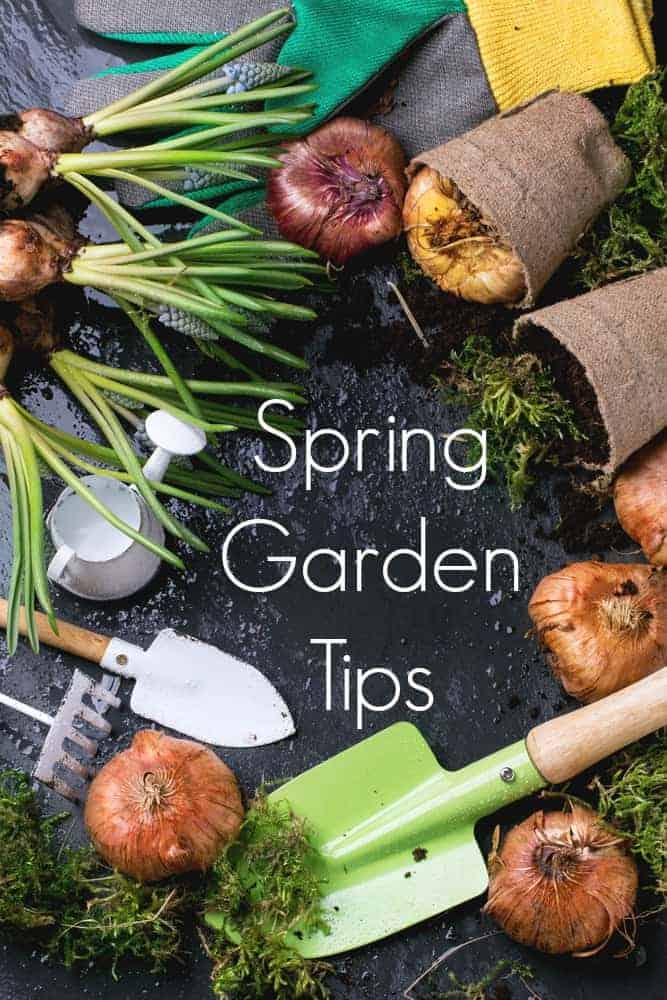
Table of Contents
Tips for a Healthy and Productive Spring Garden
If you are considering a spring garden YAY for you! It is a great way to start eating healthier and reducing your carbon footprint. It is also a ton of fun and an amazing amount of frustration all rolled into one sweaty, dirty afternoon! Here are a few tips to get you on the path to a productive spring garden.
What type of garden bed to use
Ok, first of all you need a place to put your spring garden, right? Raised garden beds are the easiest way to get started. Unless you are planting root crops, a productive spring garden doesn’t really need to be more than 8 inches deep. You can line an area of dirt with cinder blocks or stones or fallen logs. Then, fill the center with garden soil.
✯Don’t want to miss the next post?✯ Follow Turning the Clock Back on Facebook | Twitter | Pinterest Or join the private Facebook group for simple tips on going green!
Must Have Spring Garden Supplies
Check out my post about essential garden supplies for the home gardener. The bare minimum of things you need are:
- Shovel (both hand sized and a pointy tipped full sized one for turning soil in garden beds)
- 3-tine cultivator (AKA garden fork): Helps break up chunks and aerate soil.
- Wheelbarrow: Comes in handy for transporting bags of dirt around the yard unless you are way stronger than I am!
- Hose: You will want a good one once summer comes and you are watering 3 times a week. If you are doing small scale gardening invest in a watering can.
- Pruning sheers: Helpful for cutting your produce off the plant or for cutting off unwanted greenery.
- Organic garden food: I like to add an organic soil supplement to the soil about 6 weeks after I plant. Helps them get ready for a heavy nutrient need when they start producing fruit.
- Natural Pesticide of Choice: Honestly, organic gardening is tough, especially here in the south. I use a few natural products like Neem oil and diatomaceous earth to control pests. Check out my post about how to use diatomaceous earth safely before you use it.
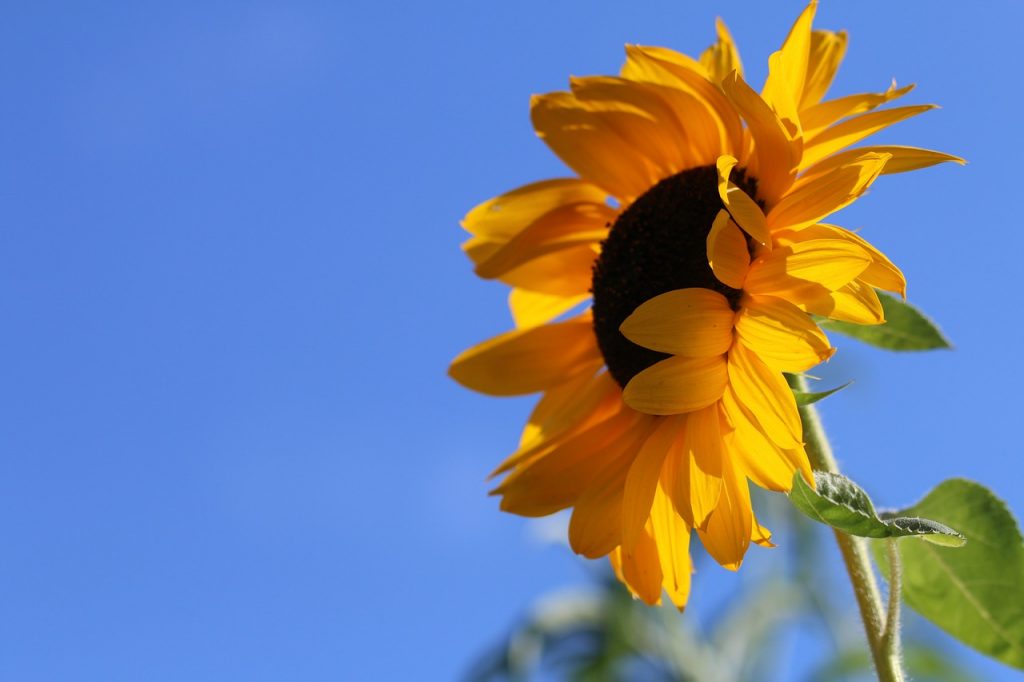
How to Measure Sunlight Hours
Gardening in the spring can be challenging when it comes to sunlight. The sun isn’t quite at the highest path in the sky like it is during the summer. You also need to know where to put your garden bed for maximum sun exposure. One option is to buy a sunlight meter that you can use to give you exact numbers. You could also just go outside and wandering around the yard jotting down some notes throughout the day.
Once you have the location all picked out you can build your raised bed or just start tilling the soil in the area you want to plant in. Fill your garden with a combination of organic soil, mushroom compost, and cow manure. Add compost from our home compost bins if you have it. You want your soil all tilled together with the compost a few weeks before you plan on putting plants in the ground. This will allow time for soil to settle and compost to blend and finish breaking down.
Clean Out Old Garden Areas
If you already HAVE a garden bed, now is the time to pull all the old debris. Repair any damaged boards or loose stones at the same time. Turn in some fresh compost before planting season starts. If you are intimidated by the idea of a full garden, consider a few large pots scattered on the patio. Even if all you can manage is a few tomato plants and a few edible herbs you are taking a step in the right direction!
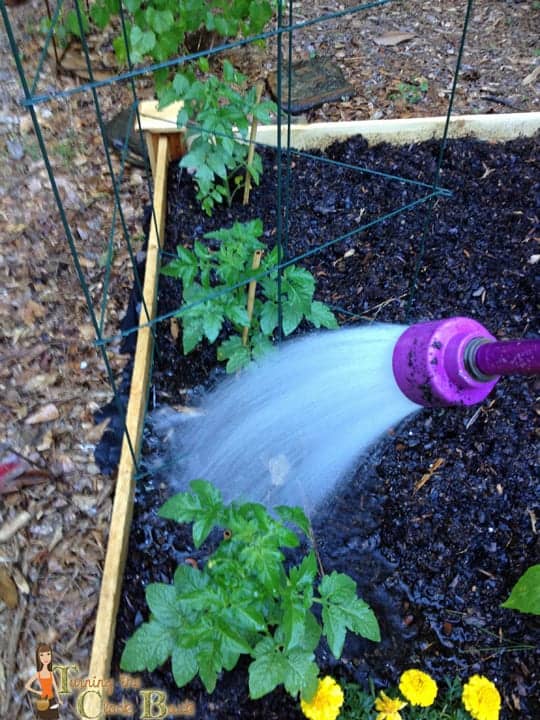
Choosing the best garden plants
Now that you have your bed ready, you need to start thinking about what you are going to plant in it. Some of this depends on where you live but cool weather plants like lettuces, greens, root vegetables, Brussels sprouts, broccoli, etc are all good choices. Snow peas grow amazingly well here in Georgia in my spring garden provided I get them in early enough to make a crop before the heat descends on us in May. Check out my post on how to grow lettuce if you have never tried.
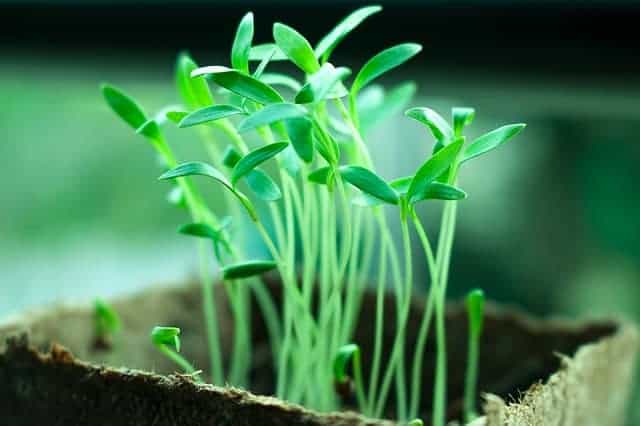
Starting Plants from Seed
What you really need to decide is if you are going to start from seed or buy ready made plants from your local nursery. I plant very few seeds…mainly because I have no space in my house to germinate them. I start snow peas and cucumbers from seed directly in the garden but usually buy lettuce, parsley, cilantro and a few other plants from a local nursery.
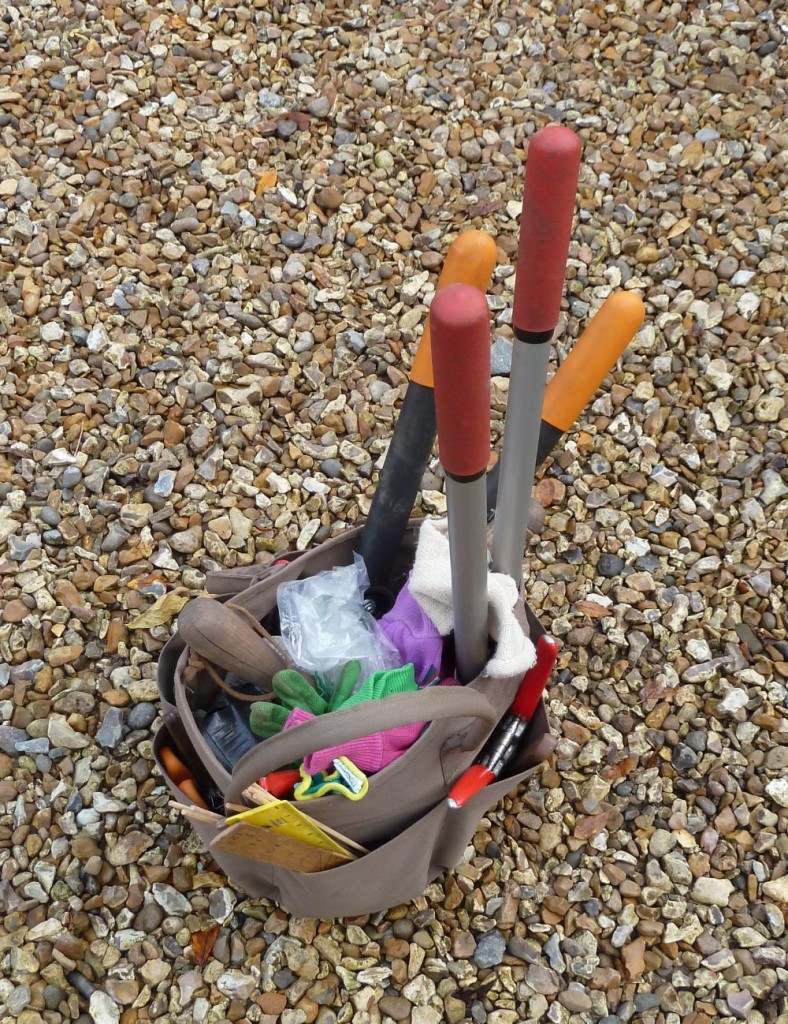
The Best Time to Plant a Garden
You need to look up the last frost date for your area. Then you need to start researching the best time to plant your crop based on how long it will take to produce a crop and how heat tolerant the plant is. Check out The Farmers Almanac for a great resource on proper dates to start planting. Keeping a garden journal is highly recommended and will help you decide next year whether you made the right choices for crops and planting dates.
Have any tips for a productive spring garden that you want to share?
(post edited and republished from previous date)

Diane is a professional blogger and nationally certified pharmacy technician at Good Pill Pharmacy. She earned her BS in Microbiology at the University of New Hampshire and has worked in cancer research, academics, and biotechnology. Concern over the growing incidence of human disease and the birth of her children led her to begin living a more natural life. She quickly realized that the information she was learning along the way could be beneficial to many others and started blogging and freelance writing to share this knowledge with others. Learn more about her HERE.


I am doing a raised bed garden for the first time this year. One of my gardens did not survive past a severe case of blight. Hopefully our raised garden will help with the irrigation if we get another bad flood of rain.
Yeah, this past summer was very rainy and we had issues too. Mother Nature is tough to beat some years!
Thanks so much for these tips. We are just starting to garden so this is very helpful!
Good luck in your gardening adventures! It is a wonderful way to enjoy spring and summer!
Crazy to think it is almost time to start prepping!! Thanks for the reminder and tips!
I am gathering seeds and supplies this week!
I need to get the soil prepped still but would like plants in the ground by early march!
I gardened quite a bit and decided to get back to it once we bought property with land to do it. I’m looking forward to planning my garden and start digging in the dirt again.
Thanks for the great tips… they certainly going to help me and my garden
glad to help…hope you have fun gardening!
I am so excited about spring coming. The hardest part for me is to plan what plants go in which beds and which new plants I want to grow this year.
I struggle with that every year….I know you are supposed to rotate crops but I only have so many really sunny spots for the tomatoes!